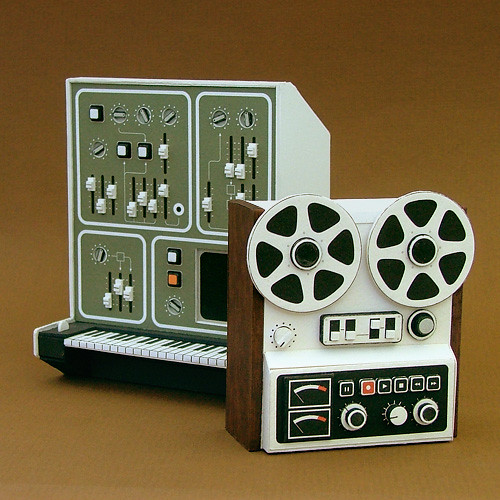I previously posted an article about the dangers of high SPL music listening, in connection with the ever-increasing loudness of commercial recordings. If you are already experiencing hearing loss, however, there are a number of high-tech solutions currently available that can do more than simply boost ailing auditory organs.
The Oticon Epoq provides ambient sound amplification, as is to be expected of such a device; however, it also posesses the ability to stream audio directly from a mobile phone or mp3 player. This transforms it into a bluetooth wireless hands-free headset. Also bringing hearing aids into the 21st Century are Phonak, the manufacturers of the Audeo. Whilst boasting cutting-edge amplification technology, the device is smaller than a guitar pick and fits snugly behind the ear. It also comes in a range of designs and colours, but it doesn’t come cheap: expect an Audeo to set you back $3,000 to $4,000 per ear. Perhaps a bit much for a hearing aid; but probably just about right for a customised personal communication assistant.
Seattle Pi has an article about how the boomer generation are taking advantage of such technologies to help them compensate for damage sustained from Remarkably Loud Concerts…you can read it here.

